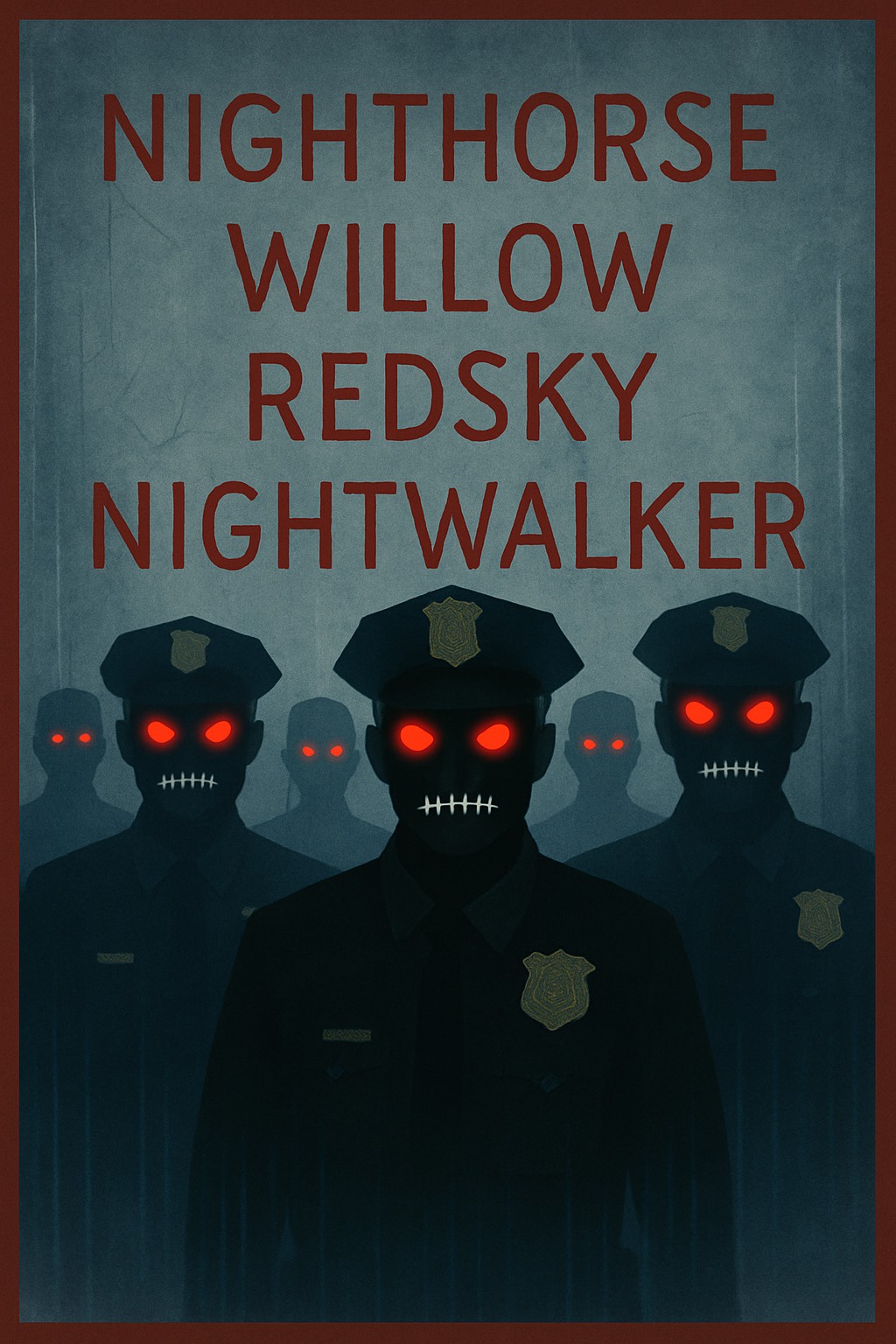Career Focus
Hidden Origins of the Hidden Job Market Pt. 2
Origin of the 80% Statistic of the Ford Foundation Survey
By Jesse Preston
Bernard Haldane first uses the 80% statistic about hidden jobs in an article about job seeker re-employment from Aug 1966. It’s important to note that this does not refer to the hidden job market at this point.
“We constantly remind him that, according to a Ford Foundation survey, 80 percent of existing job openings are hidden and never show up in the employment office or want ad listings.”
The Ford Foundation-funded survey he is referring to is the pilot project conducted by the National Industrial Conference Board to gather labor market information from businesses that were done in Rochester NY. The results of which came out in the same year.
We know this is the original survey of that statistic as this is the pilot project and literature from the “1965 Proceedings on Interstate Conference on Labour Statistics”, which states that this survey is of great interest before launching a nationwide survey. Up to this point, there has never been data collected directly from employers like this. So, there are no other possible surveys for this quote.
Now that we have the original survey, we can understand what makes up the 80% and the percentage breakdown for each.
Note: this adds up to more than 100% as employers are advertising in multiple places for the same job.
How did we get the 80%?
In the report, they tested to see if job postings were a predictable metric for collecting labor market information. It was not. Their analysis shows that 25.1% of all the jobs hired by 27 companies surveyed appeared in the newspaper.
Service jobs were the largest category within the 25.1% at 84.6% of the total service jobs hired were posted in the newspaper.
But if we consider that Mr. Haldane is only talking about career-type roles and not jobs in general, then we do not count the overall number of 25.1%. So, we must remove the service jobs and the unskilled labor roles. Then you get 18.9% of jobs advertised in the newspaper. Therefore about 80% are not advertised in the Rochester Newspaper. However, there is a major issue around these numbers that does require a bit of an explanation.
The Devil in the Details
Mr. Bernard Haldane used a similar figure before 1966 but in the context of an estimate that 80% of jobs are filled by personal recommendation, which is very different from saying that the jobs are not advertised at all. We know from Chris Miner’s 1963 book, “How to get an Executive job after 40” that there was likely disagreement even about that figure.
Mr. Haldane in his 1960 book “How to Make a Habit of Success”, goes into more detail, stating that this statistic is about jobs with a salary of $600 a month. (which would be $6,040 by 2022 standards based on inflation) The exact breakdown is
- 80 percent hire from personal recommendations
- 15 percent hire from ads in the newspaper
- 5 percent hire from employment/recruitment agencies
Basically, Mr. Haldane was already invested in the 80% number when the Ford Foundation survey came out and he used the survey to support his previous conclusions… But there is a huge problem. If you read the report from the Rochester Survey, we see the following on page 12.
“In Rochester, one would not expect a close relationship between the help-wanted index and job vacancies because the larger employers mostly engaged in manufacturing are affiliated with the Industrial Management Council which requests its members not to advertise for employees in the Rochester Newspapers”
In other words, that statistic, 80% of jobs are never advertised is… DEBUNKED!
Yes, it’s a real number but it’s just not usable outside the context of Rochester 1960s due to the agreement of the larger companies to use Rochester Machine Industrial Placement Service instead of newspapers. We just can’t say “80% of jobs”… If you were to adjust for this, you could argue that the combined total that could be advertised in the newspaper would be 46.4% of jobs using the same categories.
But how did this myth and statistic become the definition of the hidden job market?
Changed meaning
At the time the shorter video version of this article was shot, we didn’t know a 1970 source had been found by Matthew Wilson. (Check out his hidden job market post) It shows Mr. Bernard Haldane was teaching job seekers that 80% of all good jobs are in the hidden job market and never appear in newspaper ads or employment agencies.
Mr. Richard Irish was also a major source for publicizing the 80% statistic and a mentee of Mr. Haldane, we are going to talk about his book “Go Hire Yourself An Employer”.
I am using secondary sources from the same year as I have the revised 1978 version and not the original 1973 edition.
Mr. Irish claims “80% of the country’s judgment jobs (the context judgment means decision maker) are filled through an old boy’s Network, a system of referrals closed to anyone who’s pounding the pavement.” “Most employers fear quite stupidly the unwashed masses.” End quote. Interestingly, the survey he is quoting did not distinguish between walk Ins and contacts.
On page 79 Mr. Irish says:
“These are the jobs that exist in the minds of those few people who make a place work. They have power and make decisions, don’t look for any pre-packaged job descriptions. Most operating people don’t have time for such nonsense.”
Just to give an idea of how low the caliber of this book is. Ellen Hume criticizes the book in her article which I have been using as my secondary source. “the ins and outs of the Hidden job market are outlined in Irish’s Slim little volume Go Hire Yourself An Employer, much of it is “hogwash” and would enrage anyone who isn’t white, male and worshipful of the ivy league”. End quote
“Hogwash” is a pretty accurate description. The book is filled with bad career advice such as…
- Don’t thank the employer for a job offer, it’s purely a business transaction.
- And His remedies to beat the job search “blahs” are just epic such as…
- Spend money on yourself even if it means going into debt
- Stay away from other jobless so they don’t depress you
- Start an affair
- Stay clear of government referral offices which are staffed largely by people who can’t find a job.
After 1973
Going forward, there is an explosion of claims from different people about how to access 80% of jobs in the hidden job market. To the point that the author of what Color is Your Parachute writes in the 1977 edition.
“Heaven knows, there are enough insiders who have said in print that this hidden job market is what the job hunter ought to be aiming at.”
Over the next 40 years, the hidden job market would become the subject of countless news articles and quoted by new generations completely divorced from its context. (See Matthew Wilson’s post for a range of examples).
Let’s change that!
How could we think about hidden jobs?
To start we need a clear definition that is honoring the original concept.
Here is how I would define the Hidden Job Market now…
- Jobs/opportunities that are marketed or discovered through contacts, networks, or agencies, completely independent of formal company ads/postings
2. Could include created jobs, not advertised jobs, pending jobs, internal jobs, employee referrals, or jobs through 3rd parties such as employment service providers/recruiters/staffing firms/unions/schools/training programs/associations and the like…
In a nutshell, these opportunities are hidden because you need to talk with people to find them.
Recent Statistics
We should also use more recent and cleaner statistics. The CERIC national business survey was conducted in 2021. It shows that the hidden job market (as I just defined it) is alive and well.
According to CERIC, businesses use the following channels for recruitment.
- 67% of Employee Referrals
- 63% Offered training and advancement for entry to mid-level employees
- 59% Social Media Recruitment (not sure if this is head hunting or just ads)
- 52% Identified Internal Candidates
- 36% Used Community employment agencies
- 30% Hire from a co-op or internship program
- 24% Outsource to recruitment/search firms (staffing)
We see that employee referrals are still one of the top recruitment methods for hiring skilled labor. So, getting to know people from your dream job/company is still one of the best ways to access the hidden job market. Strategies could include:
- Informational interviews
- Networking events
- Mentorship programs
Other methods include having a good LinkedIn profile, so recruiters can find you. Using 3rd parties such as employment service providers, educational institutions, and staffing firms.
Since employers use several different sourcing methods, the job seeker should engage with a diverse set of methods or at the very least find out which methods their employer of interest uses and focus on those. These could be accomplished by simply asking “how do I apply?”
The Final Point – The Iceberg
As for the iceberg analogy, I think it’s okay to keep it, so long as we use it to discuss the importance of using other job search methods beyond ads alone. And forget the 80% BS (Bogus Stat… just in case you thought that stood for something else). Also, as we saw with the Rochester data, we should refrain from making these kinds of statistical numbers into hard and fast rules as they will change from year to year and local market to local market.
Jesse Preston is an Employment Specialist with Epilepsy Toronto. He can be reached at jesse@epilepsytoronto.org





